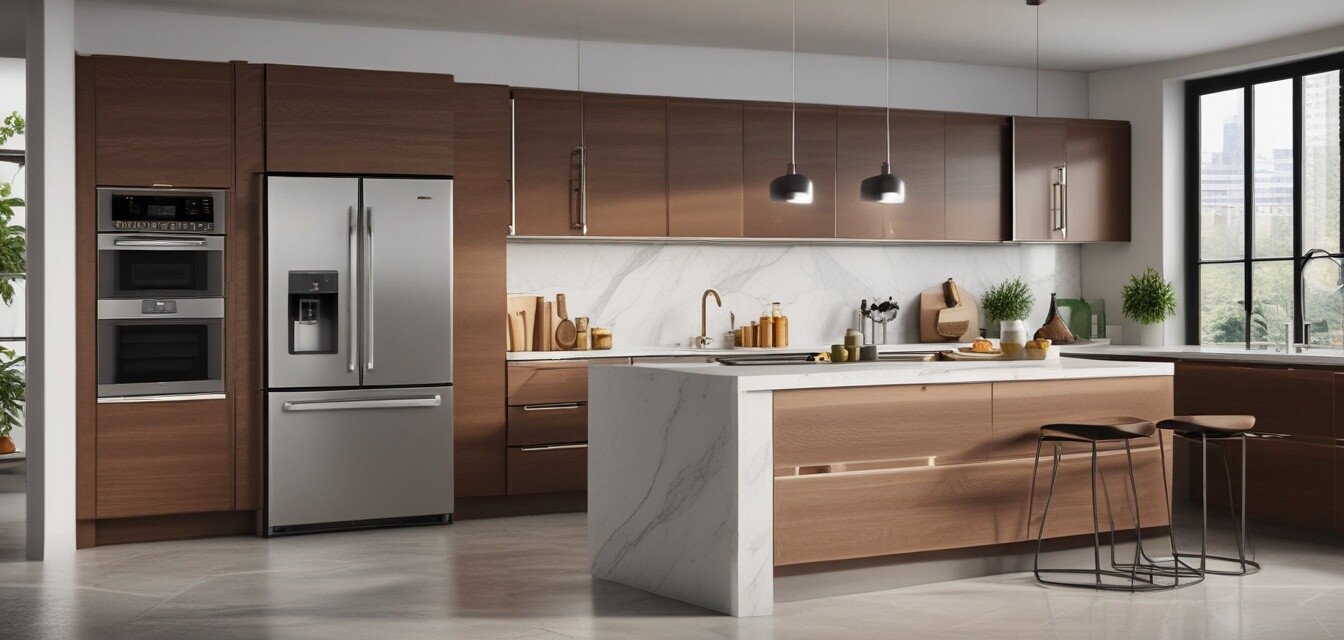
The Impact of Energy Regulations on Appliance Design
- Energy regulations are driving innovations in appliance design.
- Modern appliances are more energy-efficient, resulting in savings for consumers.
- Understanding regulations helps consumers make informed purchasing decisions.
- Anticipated trends shape the future of appliance technology.
The energy landscape is continually evolving, and with it, the design and functionality of household appliances. In recent years, energy regulations have significantly influenced how appliances are designed, manufactured, and marketed. This article will delve into how these regulations impact appliance design and what it means for consumers looking to enhance their homes with energy-efficient products.
Understanding energy regulations
Energy regulations are put in place to help limit energy consumption and promote energy-saving technologies. They ensure that appliances meet specific performance and efficiency criteria designed to reduce environmental impact and promote sustainable use of resources. Let’s break down the key aspects of energy regulations:
| Regulation Type | Description |
|---|---|
| Energy Star Program | A government-backed label that certifies appliances meeting energy efficiency guidelines. |
| Minimum Efficiency Standards | Regulations that set the minimum energy efficiency allowed for various appliances. |
| State-specific Regulations | Local laws that may impose stricter energy efficiency requirements than federal standards. |
How regulations are shaping appliance design
With energy regulations in place, manufacturers are innovating and improving appliance designs to meet compliance while still appealing to consumers. Here are some significant design trends arising from this regulatory environment:
- Smart technology integration: Many modern appliances now feature smart technology, allowing users to monitor and manage energy consumption through apps.
- Eco-friendly materials: Manufacturers are increasingly using sustainable materials that minimize environmental impact without sacrificing quality.
- Space-saving designs: Compact appliances meet both urban living challenges and energy efficiency standards, making them ideal for smaller homes.
- Multi-function appliances: Appliances that perform multiple functions can reduce energy consumption by consolidating devices.
Benefits for consumers
For consumers, understanding how energy regulations are shaping appliance design can lead to better purchasing decisions. Here are some benefits:
| Benefit | Description |
|---|---|
| Cost savings | Energy-efficient appliances typically lower utility bills, leading to significant savings over time. |
| Sustainability | Consumers contribute to environmental sustainability by using appliances that consume less energy. |
| Performance | Modern appliances often come equipped with advanced features that enhance performance, making daily tasks easier. |
Anticipated trends in appliance design
As technology advances, here are some anticipated trends in appliance design that are likely to emerge in response to evolving energy regulations:
- Increased use of connected devices: Expect to see more appliances capable of connecting to the Internet of Things (IoT) for enhanced user control and efficiency.
- More energy-efficient refrigeration: Innovations in cooling technology will likely lead to even lower energy consumption levels.
- Renewable energy integration: Appliances that operate efficiently on renewable energy sources will become more prevalent.
- Enhanced recyclability: Manufacturers may focus on designing products that are easier to recycle, furthering sustainability efforts.
Conclusion
Energy regulations are not just bureaucratic red tape; they are essential drivers of innovation within the appliance industry. By encouraging manufacturers to prioritize energy efficiency, these regulations ultimately benefit consumers, the environment, and the economy. As regulations continue to evolve, it will be crucial for consumers to stay informed about these changes to make educated decisions when shopping for appliances.
Pros
- Lower utility bills due to energy savings.
- Improved appliance performance due to modern technology.
- Positive environmental impact with reduced carbon footprint.
Cons
- Initial cost of energy-efficient appliances can be higher.
- Limited options in some appliance categories due to strict regulations.
- Potential learning curve with new technologies.
For more information on specific energy-efficient products and how to maximize your savings, check out our product categories:
Stay updated with the latest trends in energy-efficient appliances by visiting our News and Trends section.